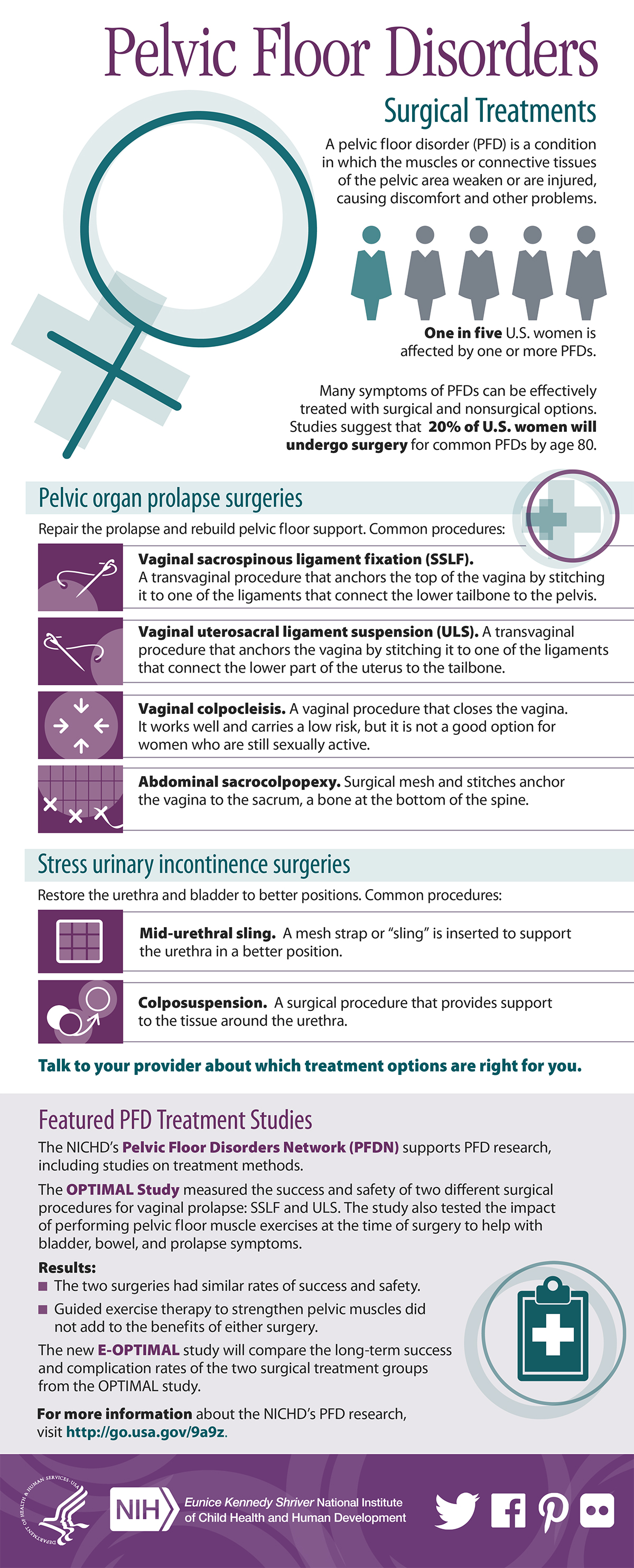Exactly How To Allocate Your Flooring Job: A Practical Overview
Exactly How To Allocate Your Flooring Job: A Practical Overview
Blog Article
Article Developed By-Proctor Falk
When you're intending a flooring task, budgeting isn't nearly selecting a number; it has to do with recognizing what you absolutely need and the costs involved. You'll intend to examine your certain demands, research different products, and prepare for unforeseen expenditures. Think about exactly how aspects like space function and installment methods can affect your budget. However prior to you enter, there are some crucial information you could overlook that could significantly influence your overall prices. Allow's discover how to browse these complexities and guarantee your task stays on track.
Assessing Your Floor Covering Requirements
Before diving into your flooring task, it's vital to evaluate your floor covering requires. Beginning by thinking about the certain areas where you prepare to set up brand-new floor covering. Think about the function of each space. For example, bathroom and kitchens require waterproof materials, while living areas may take advantage of convenience and visual appeals.
Next off, examine the status quo of your floors. Exist metal flake epoxy floor of architectural issues, such as uneven surface areas or dampness problems? Resolving these problems early on can conserve you time and money down the line.
Additionally, make note of the measurements of each area to determine how much floor covering you'll need.
Don't neglect to consider your lifestyle. If you have pets or young children, resilience could be your leading priority, while a much more formal space might call for an extravagant surface. Furthermore, consider your design choices. Do you choose a classic look, or are you drawn to modern-day designs?
Lastly, be sensible concerning just how much maintenance you agree to dedicate to. Some products call for even more maintenance than others. By comprehending your demands clearly, you'll be better outfitted to make enlightened selections as you move forward with your floor covering project.
Estimating Costs and Products
Estimating costs and materials is a pivotal step in your flooring project that can dramatically influence your total budget plan. Begin by gauging your room properly to identify how much flooring you'll require. For most materials, you'll find pricing by square foot, so collect quotes from numerous providers to get a sensible figure.
Next off, take into consideration the sort of floor covering you want. Alternatives like hardwood, laminate, floor tile, or carpeting all come with various rate points. Study the expenses for every and factor in any additional products like underlayment, glue, or transition strips.
Do not fail to remember to consist of tools if you're planning a DIY installation, as renting out or purchasing equipment can include in your expenses.
Labor costs are another crucial consideration. If you're working with specialists, get price quotes from numerous professionals to guarantee you're getting a fair rate. Be clear about the extent of job to stay clear of unanticipated costs later on.
Finally, it's a good idea to set aside a tiny portion of your allocate any unforeseen costs connected to materials. By completely estimating your costs and materials in advance, you'll set yourself up for a smoother and more workable floor covering job.
Planning for Hidden Expenses
Numerous homeowners overlook the covert expenditures that can emerge throughout a flooring job, which can lead to budget overruns. To prevent this, you need to prepare for prospective extra costs.
Initially, consider the problem of your existing subfloor. If it's harmed or irregular, you'll likely require repair services or progressing, which can add significantly to your total cost.
Next off, think of removal and disposal fees for your old floor covering. Several contractors charge added for this service, so factor that into your budget.
Additionally, don't forget about the expenses of underlayment, which might not be included in the first quote however are vital for a successful installation.
You should likewise plan for unpredicted issues, such as pipes or electric work if your flooring project entails relocating fixtures. It's a good idea to set aside at the very least 10-15% of your complete budget for these unforeseen expenses.
Finally, bear in mind that licenses might be required for certain installations. Constantly examine regional guidelines to stay clear of penalties or hold-ups.
Verdict
In conclusion, budgeting for your floor covering task is crucial for an effective result. By evaluating click to read , estimating costs, and preparation for hidden expenditures, you'll prevent surprises and stay on track. Keep in what is the best floor for a commercial kitchen to reserve a portion of your allocate unexpected expenses and maintain an in-depth breakdown of your expenditures. With careful planning and consideration, you'll produce a beautiful area that satisfies your requirements without breaking the bank. Pleased floor covering!
